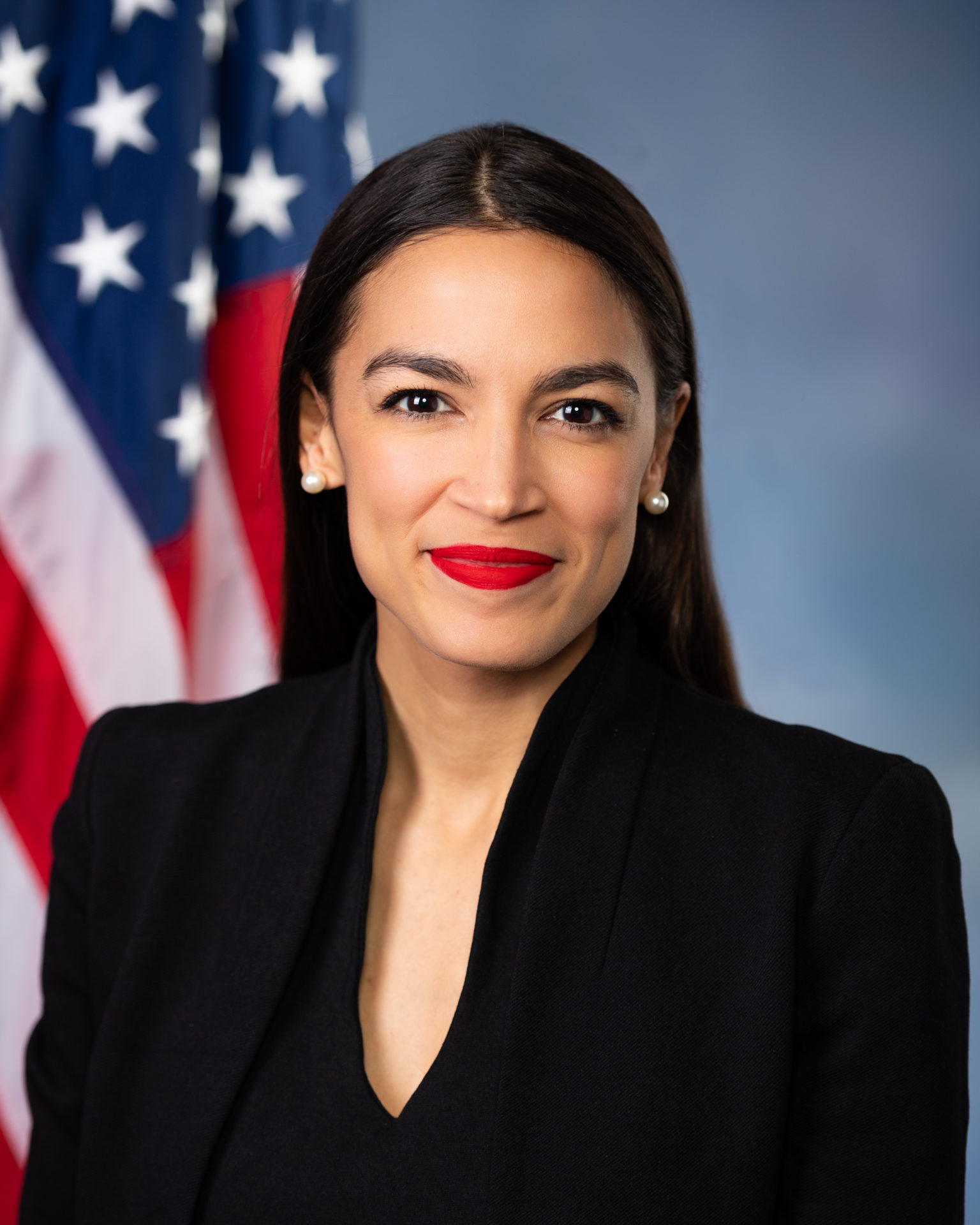Written by Joey Slusher
Since its release by Congresswoman Alexandria Ocasio-Cortez(D-NY) and Senator Ed Markey(D-MA) the Green New Deal has caused a major splash on the political scene. All but one Democratic candidate for president has supported it, President Trump and other conservatives immediately rejected it, and Climate activists have already latched onto it as their new leading policy initiative. With all that being said, what is the Green New Deal?
Well, its name mimics President Franklin Delano Roosevelts “New Deal” of the 1930s which established programs like social security in the wake of the Great Depression. This seems to be a strategy to establish support for the plan, as well as show that the program is meant to bring sweeping changes to current environmental programs. The GND, while not being as old as the original new deal, isn’t entirely new either. The American and European Green parties have been supporting a form of GND for over a decade and in the 2016 presidential election both Jill Stein the Green candidate, and Bernie Sanders supported policies similar to the Green New Deal.
Today the Green New Deal has quickly gained support in Congress, and there is visible support from the public. With Alexandria Ocasio-Cortez leading a charge supported by the citizenry, many members of the house signed for the support of creating a committee to support green policies, and while that wasn’t completely successful, it did identify enough congressional supporters to possibly start an environmentally progressive caucus and continue to build support for policies akin to the GND. This support was so unprecedented that the creators and main supporters of the GND have barely had time to flesh out the policies within the program. Currently, the GND is a conglomeration of broad environmental goals like a carbon tax, bettering public transportation, and overhauling and converting US energy infrastructure with an eventual end goal of net zero carbon emissions by 2050. These policies all sound crazy and unattainable, but it seems like that’s the point. The strategy of aiming for the highest is a common one, it’s like asking your parents for fifty dollars when you really only need twenty dollars, so that way when they say no and you ask for the twenty it sounds more reasonable, same goes for many of these policies. Either way, the Green New Deal will take some intense political maneuvering if there’s any chance of it making any serious changes because “revolutionary” green policies have come and go in the chambers of Congress, and in our current political climate they are likely to continue to do so for some time.




